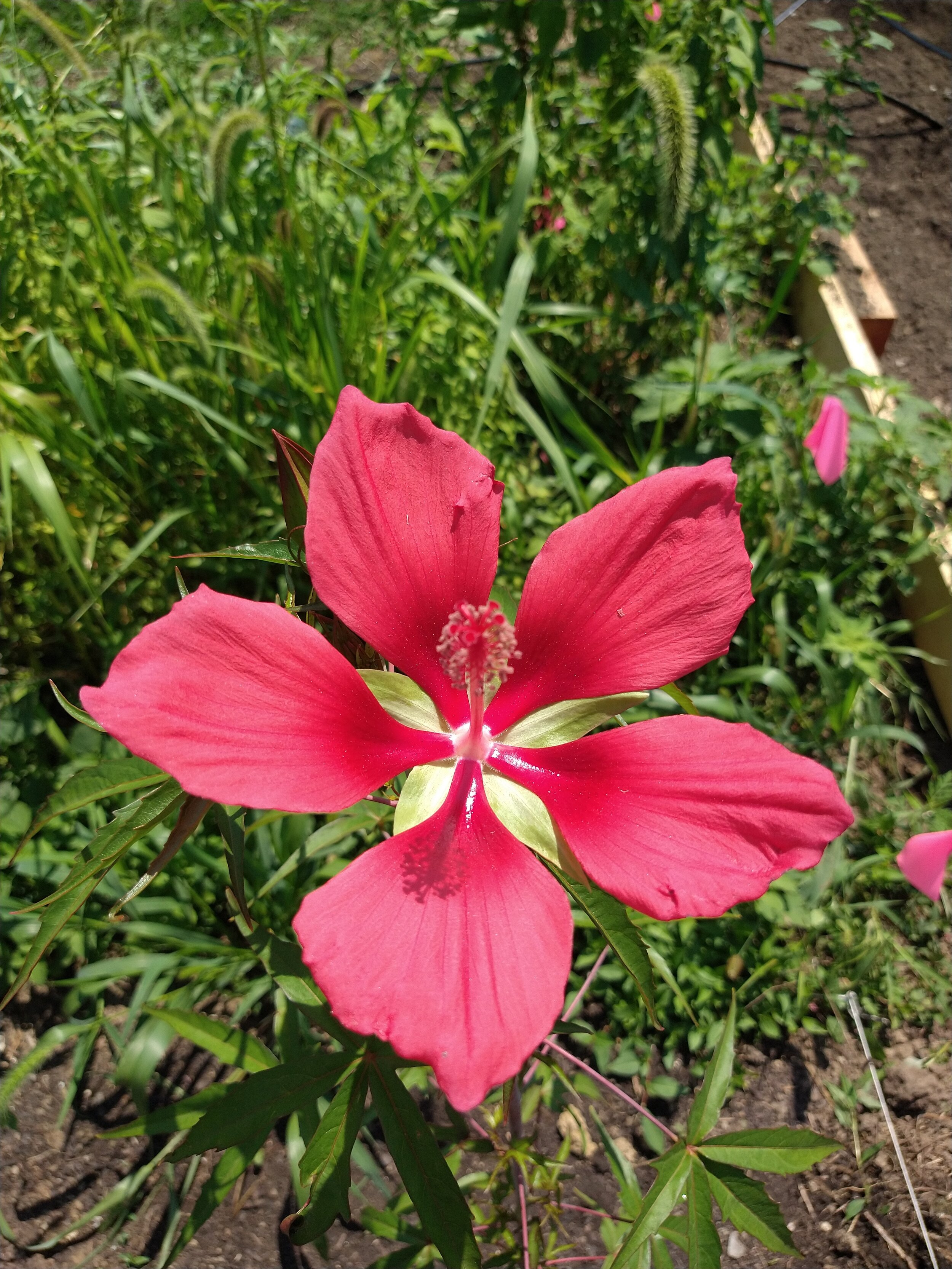City Farmer Certificate Program in Regenerative Agriculture
As we head into fall, we wanted to take the time to highlight the work done by the students in our City Farmer Certificate Program in Regenerative Agriculture.
This year, we launched the pilot program of the City Farmer Certificate Program in Regenerative Agriculture with 15 students in the first cohort. We created this program to give participants the opportunity to gain the awareness and skills needed to successfully manage land for small-scale crop production using organic, regenerative and climate responsive techniques. Topics covered include how to plan crops and keep records, propagation and planting techniques, irrigation types and installation, how to manage pests in an integrated system, best harvest practices, composting and more. The program started in April of this year and will run until October with 3 levels.
Level 1 ran from April to June and gave participants an introduction to vegetable production in urban spaces using regenerative techniques. In Level 2, students selected their own projects to work on in small groups. Read on to learn about some of the projects that students worked on. We are currently in Level 3 and participants are learning techniques and practices used in small-scale vegetable production to help mitigate climate change.
Soil Remediation Project
One of the projects that students worked on was to remediate the soil in the southeast corner of the farm as the soil was heavy and wet due to drainage issues. This group's vision was to have a tea and toast garden with a rice paddy. The flowers they chose for the garden can all be dried and used as tea. The grains that they have chosen will add nutrients back into the soil and do well in moist soil. Since the group did not start work on the project until June and rice should be planted in March, they prepared the paddy for future use.
The plants the soil remediation group planted included:
Red clover
Chamomile
Lemongrass
Lavender
Lemon Verbena
Hibiscus
Golden Amaranth
Millet
Buckwheat
Wheat
Oats
Rice
Rye
Here is the hibiscus in bloom.
We are looking forward to seeing how the soil drainage improves in coming months as well as enjoy the new plants that have been added in the tea garden and rice paddy!
Food Forest Project
Another group worked on creating a food forest in the fruit orchard.
The students used this semi-shaded spot under the peach trees to plant swamp milkweed and blue vervain, which will help increase habitat space for pollinators, build soil health, and prevent erosion.
Using the shade provided by the canopy of the fruit orchard, the students planted wild violets and ferns. They also planted a variety of goldenrod that likes shade. These plants have medicinal uses and provide habitat for beneficial bugs.
One of the students, Roman, provided a tour of the Food Forest introducing the plants that were added and you can see the IGTV here.
A big thank you to all of the students for their contributions to the farm and we look forward to continuing this work.





